2024 Interior Design Trends: Maximalist Multi-Functional Design
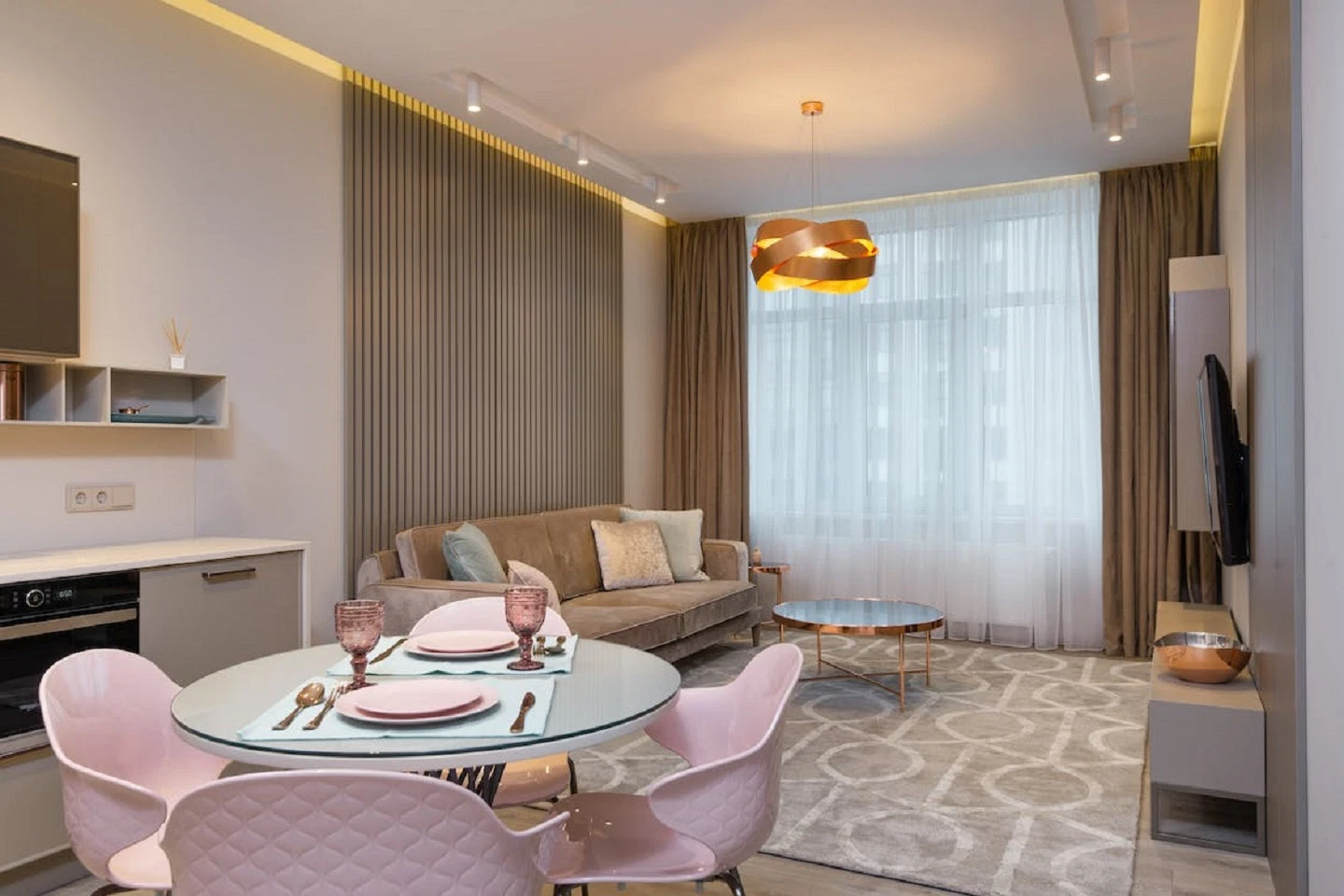
There have been many trends in interior design over the last decade, some of which have emerged from nowhere, and others have stood the test of time and are now classics. Staying updated on the latest interior design trends allows homeowners to keep their living spaces fresh and modern. At the same time, professionals can provide clients with innovative and sought-after designs.
Check out this article to scoop on the hottest interior 2024 design trends and how to incorporate them into your home.
Sustainable and Eco-Friendly Designs
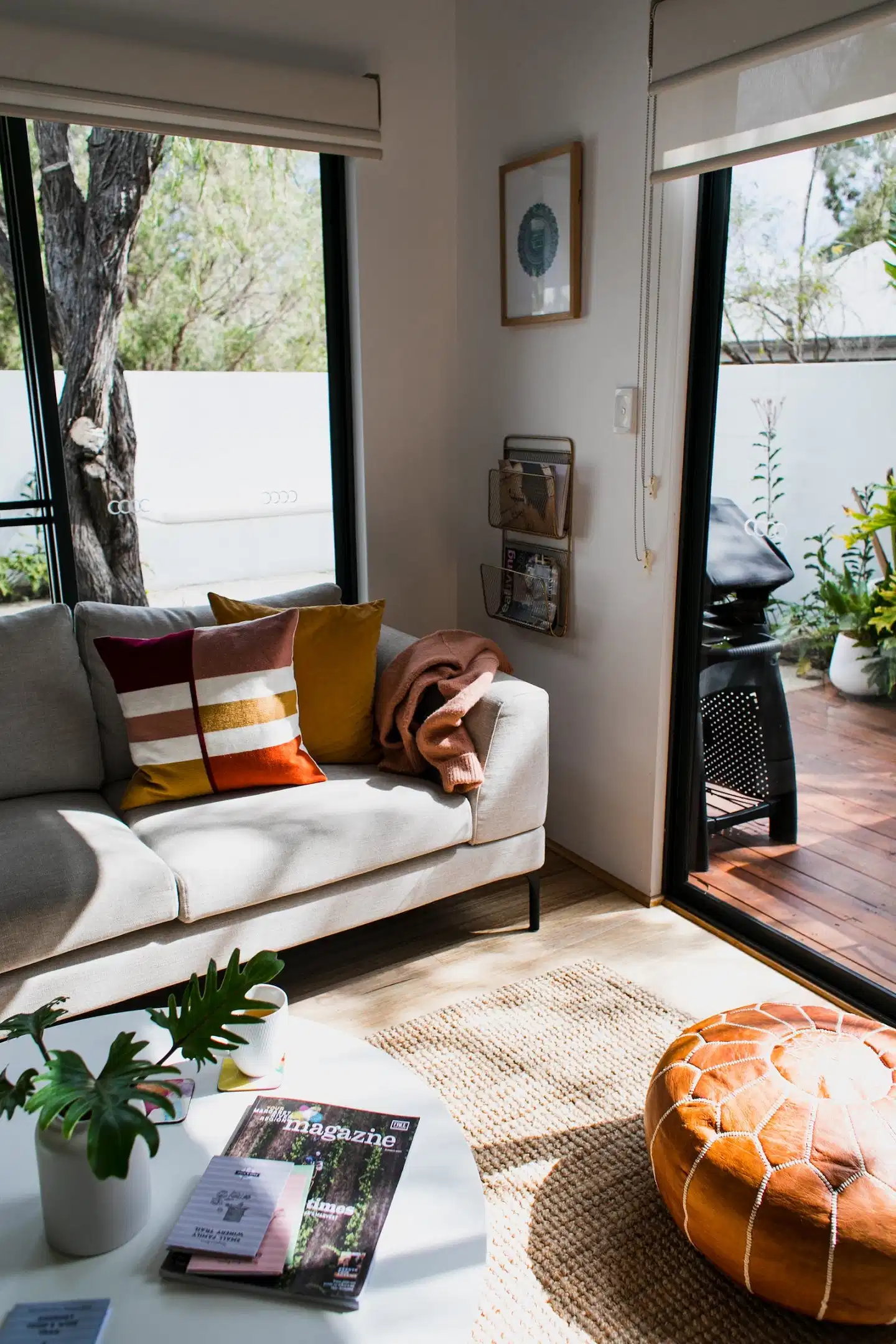
Sustainable and eco-friendly designs will be a prominent interior design trend in 2024. Many people want interior design solutions that reflect their values about environmental consciousness. Designers are turning to sustainable materials and methods to keep up with the rising demand for their work.
From recycled furniture to energy-efficient lighting, all these things make spaces look nice and reduce the negative impact on the planet. For instance, an interior designer may revamp your living room with reclaimed wood furniture, such as a coffee table made from old barn doors or a bookshelf made from reclaimed pallets. Another great idea is to use recycled glass countertops in the kitchen and bathroom. These are made from discarded glass bottles and windows, crushed, and mixed with resin for durability and beauty. Overall, sustainable and eco-friendly designs are becoming increasingly popular, allowing people to reduce environmental impact while having trendy and stylish interiors.
Different styles of interior design are waiting for you to explore. Don’t miss them.
Smart Technology Integration
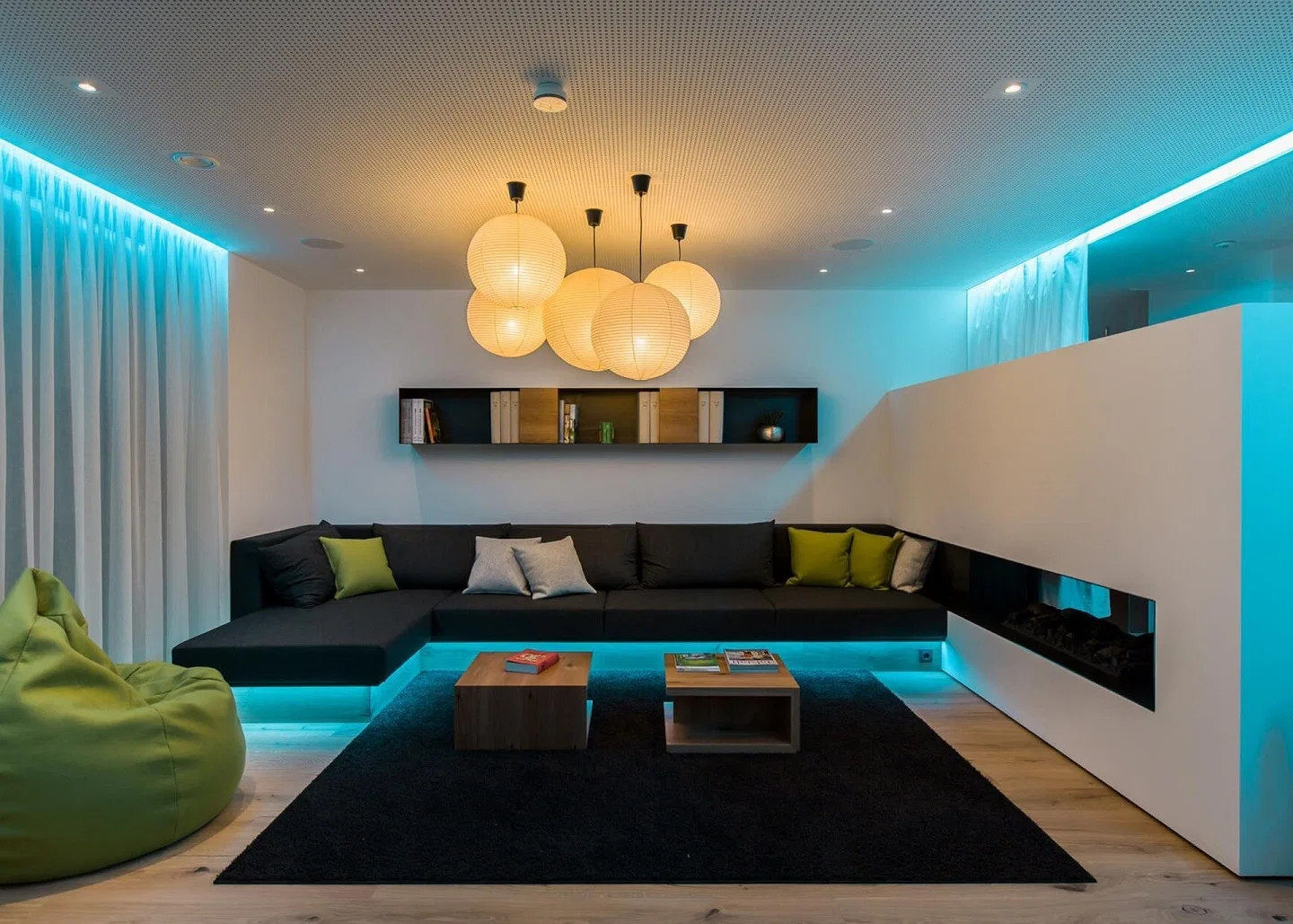
Smart technology integration refers to incorporating intelligent devices and systems into interior design, allowing for increased functionality, efficiency, and aesthetics, including anything from automated lighting and temperature control to voice-activated entertainment systems and security features. For example, integrating smart lighting allows customizable lighting settings to be controlled remotely, improving the ambiance of a space and increasing energy efficiency by automatically adjusting lighting levels based on natural light and occupancy.
Moreover, smart technology integration can enhance the aesthetics of a space. Smart mirrors, for instance, can display weather updates, news headlines, and other information while functioning as a traditional mirror. This integration seamlessly blends technology with design, creating a more visually appealing and modern space. Smart technology can also improve safety and security in space. Smart locks and surveillance systems can be controlled remotely, providing peace of mind and allowing for easy access management. Smart technology integration in interior design offers endless possibilities for innovation and creativity. Don’t hesitate to explore this new trend and see how it can enhance your living or workspace.
Maximalist and Bold Color Schemes
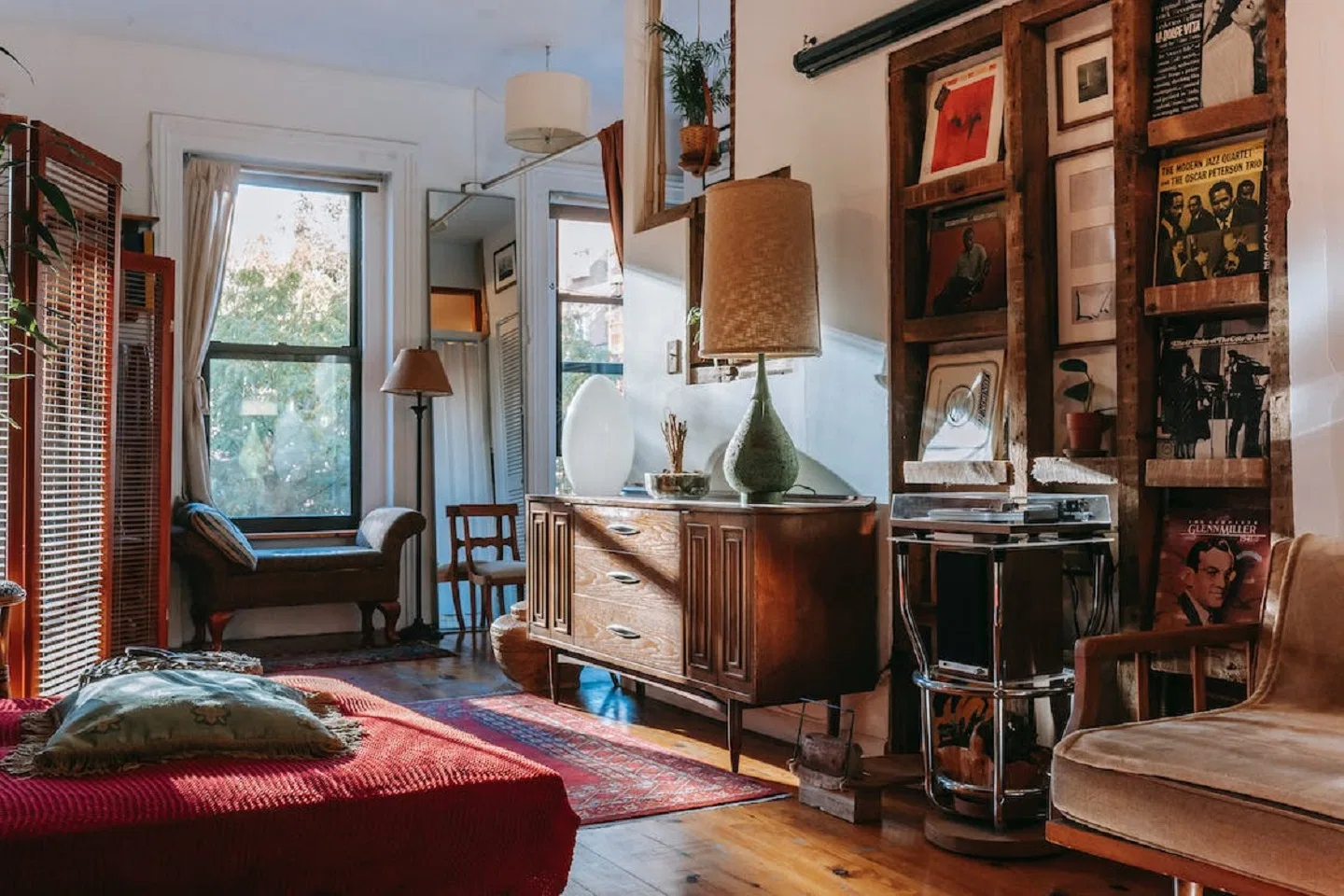
Maximalism is a design style that embraces boldness, eclecticism, and extravagance. A maximalist space might feature a riot of patterns, colors, and textures, with each element vying for attention, creating a visually stimulating environment that feels lively and dynamic. In maximalist design, bold color schemes are key to creating a vibrant and lively space. Bright, saturated colors can add energy and excitement to a room, making it feel dynamic and full of life. One way to use bold colors in maximalist design is to create contrast. For example, contrasting a bright pink sofa with a deep blue rug can make a stunning visual effect that draws the eye. Another option is to utilize a monochromatic color scheme, in which variations of the same hue are applied consistently across the space to great effect, creating a cohesive and harmonious look that still feels bold and impactful. To effectively mix patterns and textures, it’s important to consider the scale and color of each element. For example, a large-scale floral pattern may pair well with a smaller geometric print in complementary colors.
Layering velvet, fur, and leather textures can make your room seem more expensive. In the end, consider using maximalist concepts on your own. Feel free to combine patterns and textures, use bright colors, and try new things. Follow these guidelines, and you’ll have a one-of-a-kind room.
Biophilic Design and Bringing Nature Indoors
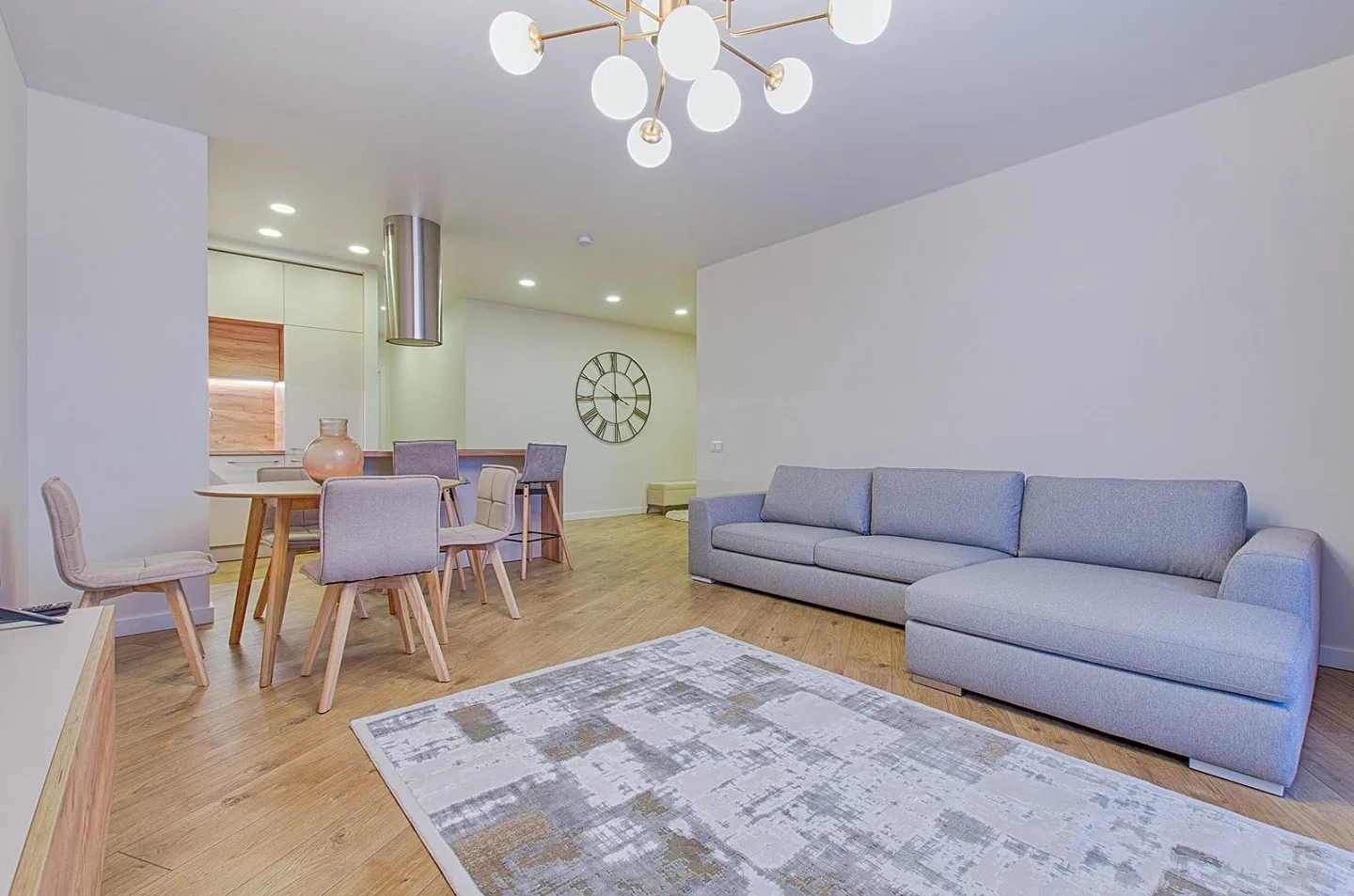
According to research, humans have a biological desire to be near natural elements like plants, water, and sunlight. Biophilic design is an architecture and interior design approach that seeks to foster this connection. One way to bring nature indoors is by incorporating a living wall. These vertical gardens look gorgeous, boost air quality, and control humidity levels in a space. Another way to feature natural elements is by maximizing daylight through large windows, skylights, or even light tubes that bring sunlight into rooms without windows. Studies have shown that The benefits of biophilic design go beyond physical health, and exposure to nature can improve mood and productivity and reduce stress.
Consider how you can make a difference by applying biophilic design principles to your own life; Bringing plants into your office or organizing your home to take advantage of natural light can create a healthier, greener world.
Multifunctional and Adaptable Spaces
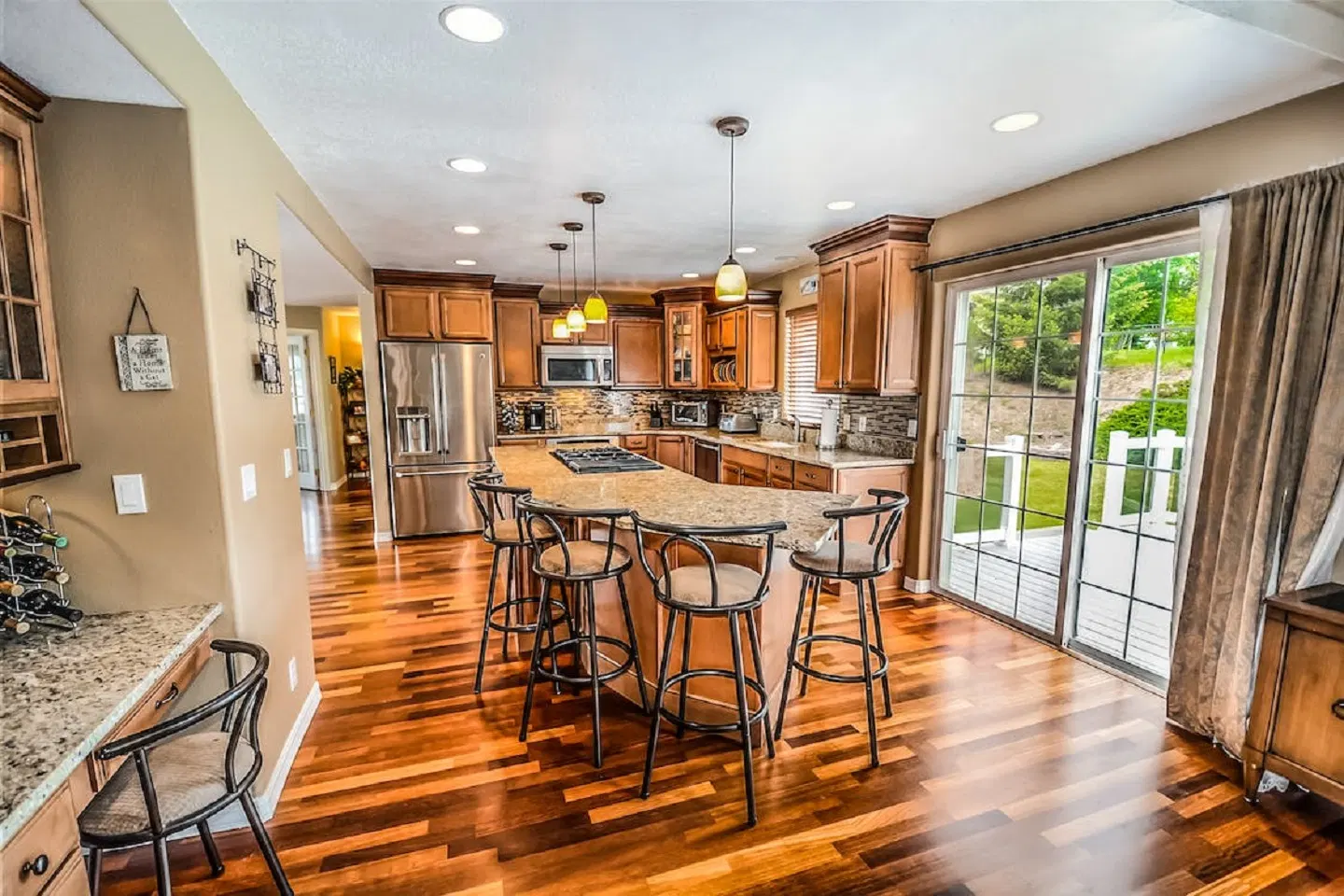
Adaptable and multifunctional designs possess the unique ability to seamlessly integrate into various contexts, all while maintaining their utility and aesthetic appeal. Their greatest asset lies in their flexibility and versatility, allowing for effortless adjustments to accommodate ever-changing needs and lifestyles.
Take, for instance, a room that effortlessly fulfills the dual purpose of a guest bedroom and a home office – not only does such a design save precious space, but it also enhances convenience. These spaces are becoming increasingly prevalent in modern interior design as homeowners strive to maximize every square foot within their abodes.
When conceptualizing multifunctional and adaptable spaces, it is crucial to consider furniture options that offer both functionality and adaptability. Investing in pieces with multiple uses, such as a couch that easily transforms into a bed or a coffee table featuring ample storage space, can significantly enhance the area’s overall functionality. Modular design is an excellent choice because it can be customized and reconfigured according to changing requirements. For example, sectional sofas can be disassembled into smaller components for creating conversation areas or rearranged to establish temporary guest rooms whenever necessary.
Mixing Different Textures and Materials
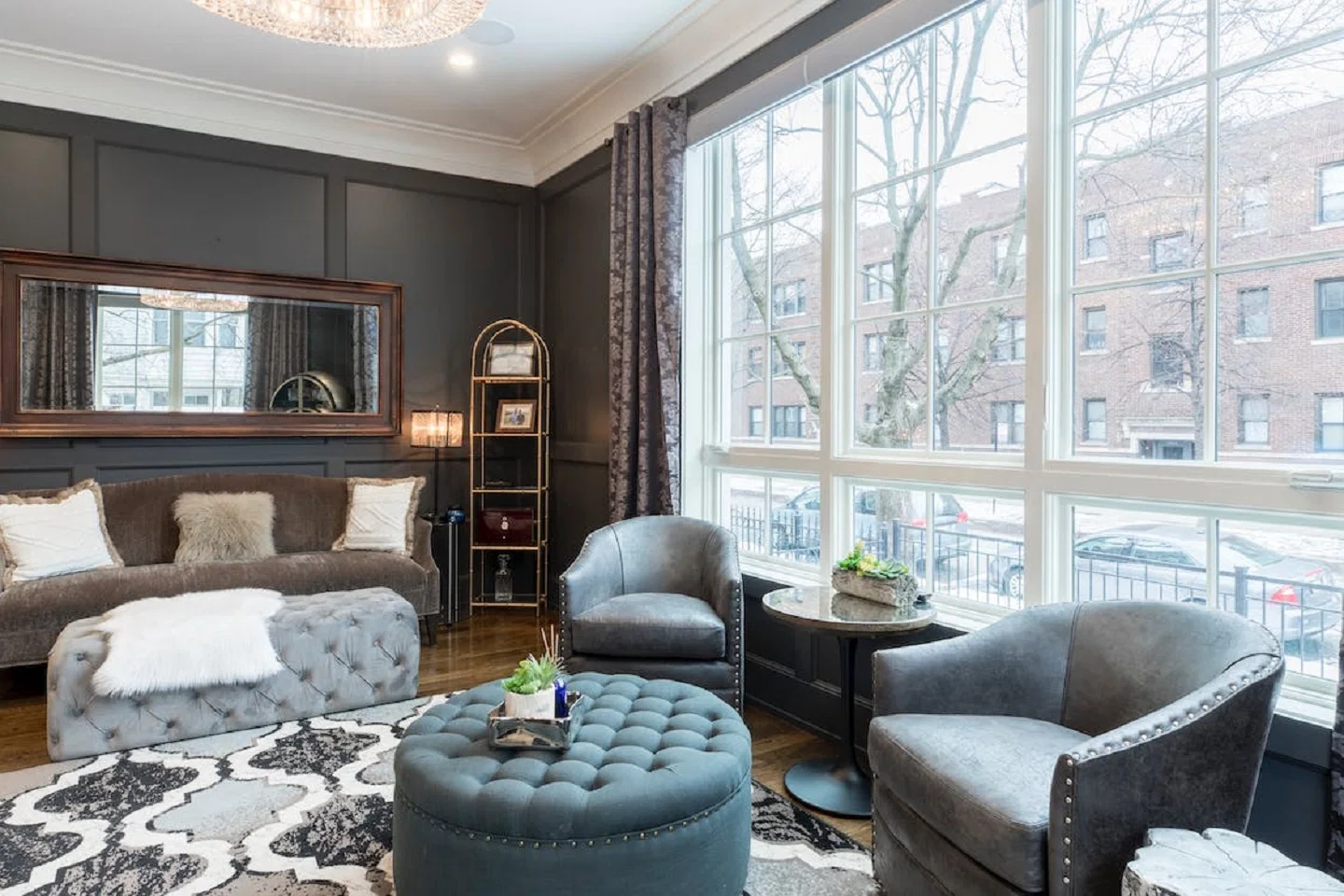
Adding variety to textures and materials can enhance the depth and appeal of a space, giving it a more dynamic and inviting feel. Combining different fabrics, surfaces, and finishes creates a layered aesthetic that captures attention and sparks visual interest. The beauty of mixing textures and materials in interior design lies in the limitless possibilities it offers.
Traditional norms no longer confine designers; they can freely experiment with diverse combinations to craft distinctive and visually stunning environments. For example, juxtaposing a rough-hewn wooden table with a sleek metal chair creates an intriguing contrast that infuses the room with depth and character. Another trend among designers is incorporating unexpected elements into their designs. A luxurious velvet sofa paired with a rustic woven rug cultivates a cozy yet eclectic ambiance.
However, one common mistake is going overboard when mixing textures and materials–excess variation can result in a cluttered or chaotic appearance. Instead, focus on selecting key pieces that harmonize with one another, building around them to achieve balance. Embrace new ideas beyond your comfort zone, as venturing into uncharted territory can yield strikingly beautiful and unconventional designs through captivating texture blending.
Vintage and Retro-Inspired Elements

Vintage and retro-inspired elements have become increasingly popular in interior design for their ability to stir up feelings of nostalgia and comfort. Incorporating these elements into your home can create a magical ambiance that connects you to the past. To achieve this aesthetic, consider using mid-century modern furniture, vibrant wallpaper, vintage posters, and patterned textiles like polka dots and stripes.
It’s important to strike a balance between old and new, however. You don’t want your space to resemble a museum or feel overly modern and sterile. One way to achieve this balance is by mixing vintage pieces with more contemporary ones. For instance, pairing a mid-century modern sofa with a sleek coffee table can create an interesting contrast in style. By carefully curating your vintage and retro-inspired elements, you can transform your space into an inviting tribute to the past while maintaining a contemporary touch.
Conclusion
We’re excited to see what the future of interior design holds. Still, we know it will continue to be a beautiful, exciting, and ever-changing world. The trends we’ve highlighted here are just some of the many emerging right now–many others may not be as well known yet but could become huge in just a few years!



Did you find what you were looking for?